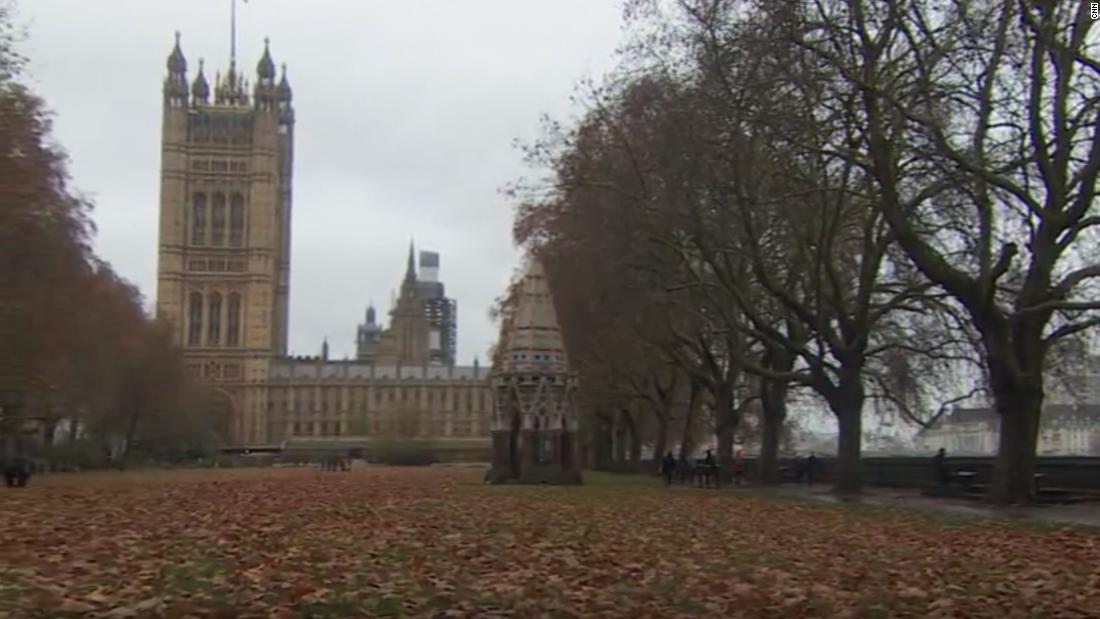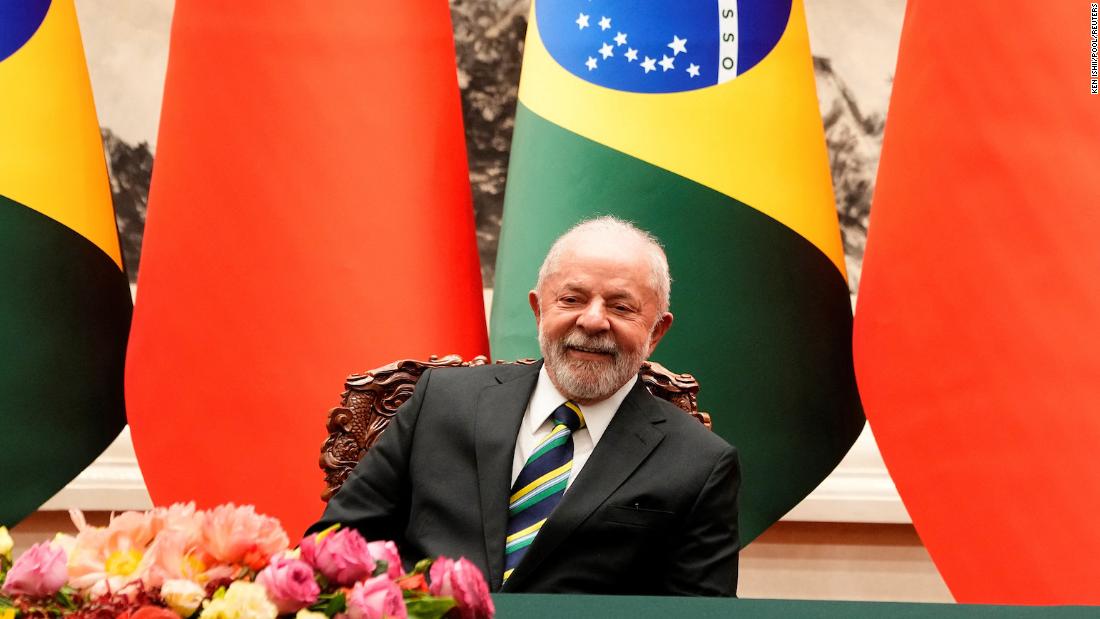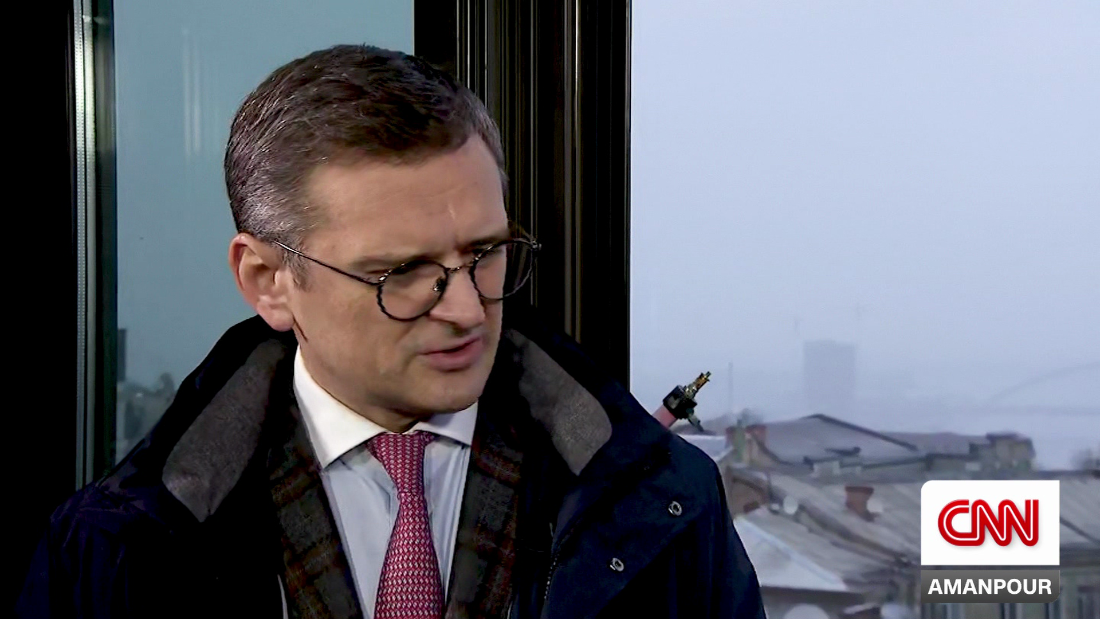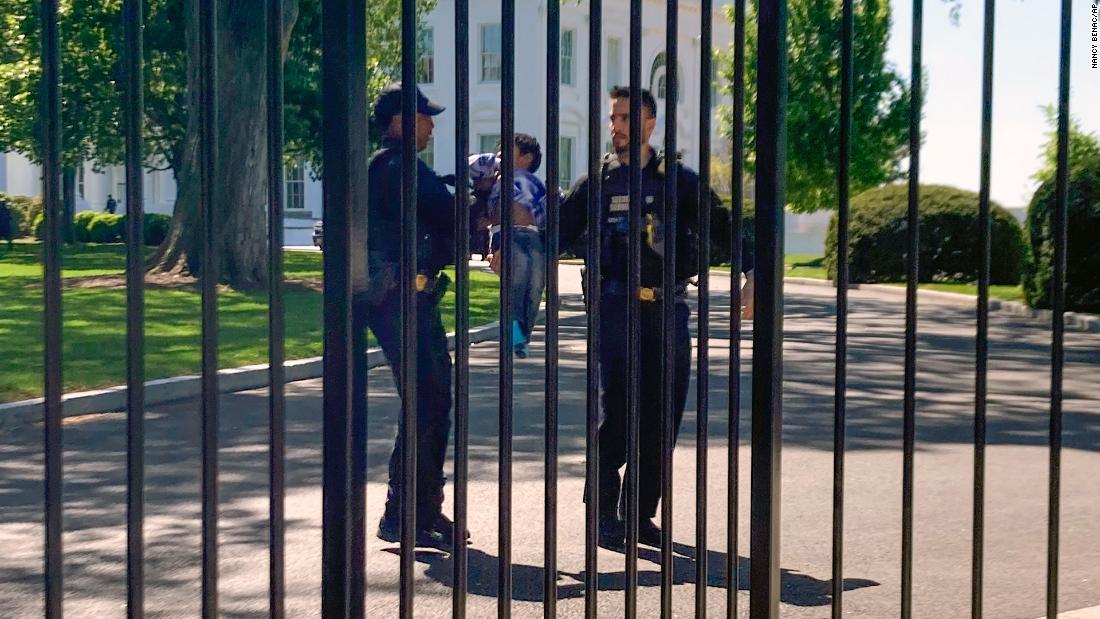A 110-year-old lemon used by a German WW1 spy to send secret messages from Britain with invisible ink is going on display in MI5’s first ever public exhibition.
The blackened and flattened fruit was one of two lemons found on enemy agent Karl Muller in 1915 after he was arrested for spying.
The 1970 spy camera is one of the exhibits in the MI5 exhibitionPA Media
The lemon Karl Muller used for writing in invisible ink was an exhibit at his trial in 1915PA Media
Muller came into the country from Belgium in January that year posing as a Russian shipping broker.
He pierced lemons with a pen nib to extract the juice and insert secret writing in innocent-looking letters informing his handlers of troop movements.
Postal workers became suspicious about a letter addressed to a PO Box in Rotterdam and alerted an MI5 officer who pressed a warm iron on the writing to reveal the messages.
Muller was arrested by police at his lodgings in Bloomsbury, central London, where one lemon was found in his overcoat pocket and another – cut into three segments – was seized from a drawing table drawer.
The National Archives curator Mark Dunton said: “An officer asked him ‘what have you got this for?’
“He pointed to his teeth and said ‘I use it to clean my teeth.’ Perhaps not surprisingly, they didn’t believe him.”
The lemon from the table drawer was wrapped in cotton wool and has been preserved in a cardboard surrounding.
It is part of the exhibition – MI5 : Official Secrets – opening on Saturday at The National Archives, in Kew, West London.
Muller had an assistant, German baker John Hann, who was arrested at his home in Deptford, South London, where a severed lemon with pen pricks was also found.
Both spies were secretly tried at the Old Bailey in April 1915 where an expert gave evidence that forensic matter found on a pen nib matched one of the seized lemons.
Hann was jailed for seven years while Muller was sentenced to be shot by a firing squad at the Tower of London.
Following Muller’s execution, crafty MI5 officers then hoodwinked German intelligence by continuing to send fabricated reports with misleading information to them in Antwerp.
The Germans continued to send over money for their deceased agent which MI5 used to purchase a two-seater Morris car – which they called ‘The Muller’ – on surveillance jobs.
Curator Mr Dunton said: “They were reprimanded by the Treasury for unauthorised use of funds.”
MI5 was formed in 1909 amid fears of a war with Germany and its early history documented in the exhibition reveals how women were trusted more than men.
Girl guides were used instead of boy scouts to run messages as they were deemed more reliable while the fledgling agency used women to run its registry of cards on enemy suspects and subversives.
Documents reveal how MI5 targeted fascists and Marxists 1930’s and a cloned key to the Community Party of Great Britain’s HQ – used by spooks to check on its members – is on display.
The story of MI5’s greatest triumph – duping Hitler over the landing site for the D-Day invasion in 1944 – is also told.
Official papers from double agents used to con the Germans into believing the Normandy landings were taking place at Calais, are on display with photographs of the heroes.
A briefcase belonging to Cambridge spy ring member Guy Burgess is also being shown in public for the first time.
It was one of two left behind by Burgess at the Reform Club when he defected to Russia with fellow traitor Donald Maclean in 1951.
Ring member Anthony Blunt, the Queen’s Picture Surveyor, collected one of the cases and gave it to MI5 after removing damning correspondence and papers.
MI5 officers collected the other case from the club which contained papers missed by Blunt and is now being displayed.
MI6 counter-espionage chief Kim Philby and Treasury civil servant John Cairncross were the other two members of the ring.
Original documents from their cases are also shown, including an original note from a confession Philby made in Beirut before he defected to Moscow in 1963.
There is also a copy of a letter in which a Soviet intelligence officer offered to defect in Istanbul and reveal British traitors – before being kidnapped by Russians alerted by Philby and taken back to Moscow with his wife to be executed.
An original radio transmitter, found buried in a Ruislip garden of two members of the Portland Spy Ring in the 1960’s, has been loaned by GCHQ for the exhibition.
The Soviet ring penetrated the Royal Navy’s Underwater Detection Establishment in Portland, Dorset, to obtain secrets about submarines.
They used two hollowed-out talcum power tins containing secret compartments for storing microdot messages, one of which is on display.
There are also files on show from the Klaus Fuchs atomic espionage case.
The exhibition charts MI5’s move into combatting terrorism from the 1970’s with exhibits including one of the mortar rockets fired at Downing Street by the IRA in 1991.
And there are papers on the 1988 Lockerbie disaster and the 1980 Iranian Embassy siege in London.
MI5 Director General Sir Ken McCallum said the agency had released 6000 paper records to the country’s public records since 1997.
He said they provide “a unique glimpse into our operations and investigations, and shedding new light on our history.”
Sir Ken added: “From MI5’s origins as a team of two officers to the present day, we’ve been protecting the UK from the most serious threats to our national security for 115 years.
“That headline mission, and the values that underpin it, haven’t changed much. But how we keep the country safe is always evolving, always dynamic, always fascinating.”
Sir Ken stressed the reality of MI5’s work “is often different from fiction – whether that fiction is George Smiley or Jackson Lamb.”
He went on: “MI5 life is about ordinary human beings together doing extraordinary things to keep our country safe.
“Some of their stories and their perspectives come through in this exhibition and while much of our work must remain secret, what you’ll see today reflects our ongoing commitment to being open wherever we can.”
Saul Nassé, Chief Executive and Keeper of Public Records, said the exhibition is the result of “a unique collaboration” with MI5.
He said the stories which are told “spans the spectrum” of MI5’s role in protecting the UK, but added “the stories that caught my eye are the stories of individuals” – those of the officers and the spies they chased.
MI5: Official Secrets runs from Saturday 5 April to Sunday 28 September at The National Archives.
The briefcase double agent Guy Burgess left behind at the Reform Club is among the items on displayPA Media
MI5 director Sir Ken McCallum at the opening of the exhibitionPA Media
MI5 targeted fascist groups like Oswald Mosley’s British Union of Fascists – who wore the Nazi-style armband – in the 1930sPA Media Published: [#item_custom_pubDate]















































































































